Bolivia’s presidential election is headed to a runoff after preliminary tallies showed centrist Senator Rodrigo Paz Pereira leading former president Jorge “Tuto” Quiroga, ending nearly two decades in which the Movement Toward Socialism (MAS) dominated national politics. With just over 95% of ballots counted in the electoral court’s rapid “preliminary” tabulation, Paz stood at about 32.1% and Quiroga at 26.8%, triggering a second round because neither surpassed 50% nor cleared 40% with a 10-point margin. Officials said full, official results would follow a slower, station-by-station count within seven days, and set the runoff for October 19. It is Bolivia’s first presidential runoff since the country’s democratic restoration in 1982.
Who advanced and why it’s historic
Paz, 57, a senator from Tarija and son of former president Jaime Paz Zamora, entered the race polling in the single digits but gained late momentum with a message that emphasized pragmatism and an anti-corruption running mate, former police captain Edman Lara Montaño. Quiroga, 65, a right-leaning former president who briefly led the country in 2001–2002, secured the second slot and framed the outcome as a step toward a sharp policy turn. The field’s fragmentation—especially on the left—and voter dissatisfaction with economic conditions helped produce a two-candidate runoff that breaks a long pattern of first-round MAS victories.
Collapse of the ruling party’s vote
The MAS-backed candidate, Interior Minister Eduardo del Castillo, registered 3.16% in the preliminary count—well below prior first-round totals for MAS nominees but narrowly above the 3% threshold required to maintain the party’s legal status. Another former MAS figure, Senator Andrónico Rodríguez, who left to run with a small coalition, finished around 8%. MAS leader and former president Evo Morales, barred from running by court rulings, had urged supporters to cast null ballots; the preliminary returns showed unusually high levels of invalid votes. Election authorities reported the voting proceeded normally aside from isolated incidents, and international observer missions from the European Union and Organization of American States monitored the process.
Vote shares, endorsements, and the map ahead
Businessman Samuel Doria Medina, who led parts of the campaign season in surveys, placed third with roughly 19.9% and said he would back Paz in the runoff. Early statements from outgoing President Luis Arce recognized the results and referenced a democratic transition in November, when the winner is sworn in. With a crowded field of eight and no dominant MAS contender, the opposition’s combined first-round share approached three-quarters of the vote, setting up a head-to-head choice between Paz and Quiroga. Markets reacted to the preliminary results with rising prices for some Bolivian government bonds, reflecting expectations of policy shifts following two decades of interventionist governance.
Economic crisis at center stage
The campaign unfolded against what authorities and analysts described as the worst economic crisis in four decades: dollar shortages, fuel scarcity, and sharply higher inflation. Recent readings placed annual inflation north of 20%, up steeply in 2025 from prior years, and reports documented long lines for diesel and concerns about the central bank’s foreign currency reserves. Both runoff contenders placed the economy at the core of their platforms, but with different prescriptions and degrees of emphasis on state versus market tools. Voters’ economic concerns—crossing ideological lines and affecting both formal and informal workers—were a defining factor in first-round preferences and will likely shape second-round turnout and alignments.
Positions and promises of the finalists
Paz campaigned on a program he described as “capitalism for all,” pairing fiscal and regulatory adjustments with access to small loans and targeted tax relief to draw informal activity into the formal economy. He rejected an International Monetary Fund bailout and argued for decentralizing fiscal authority, including proposals to share national resources more directly with regional governments. Quiroga emphasized spending restraint, restructuring of state-run enterprises, and a broad opening to foreign investment, alongside reorienting foreign policy to repair relations with the United States. Their contrasting approaches—Paz’s incrementalism and Quiroga’s faster-moving reforms—frame a policy debate centered on stabilizing prices, restoring supplies of dollars and fuel, and restarting growth.
Why the outcome surprised many pollsters
Paz’s rise from about 3–10% in earlier polling to first place on election night caught campaigns and analysts off guard. Reporting attributed part of the surge to Lara’s profile as an anti-corruption former officer whose social media presence drew younger voters. Another factor cited in local commentary was that late-campaign clashes among Quiroga, Doria Medina, and the MAS factions left Paz outside the main line of attack, giving him space to consolidate undecided voters. The split on the left—between the official MAS nominee and dissident figures—and the call for null votes further fractured a bloc that had dominated national elections since 2006.
Ballots, protests, and election-day incidents
The electoral court highlighted the dual-track counting system: a fast, image-based transmission and the definitive, publicly scrutinized precinct count. Preliminary figures indicated approximately 19% of ballots were null or void, far above historic norms that typically run below 5%. Observers noted normal operations at most polling places, with a few disturbances, including an incident in Entre Ríos in which Rodríguez, once seen as a potential MAS standard-bearer, was harassed and escorted by security to cast his ballot; he was not injured. Authorities reiterated the official results window of up to seven days and confirmed the runoff calendar.
How the parties are positioning for October
In the immediate aftermath, Doria Medina’s endorsement placed additional pressure on Quiroga to broaden support beyond his base and on Paz to hold together a diverse coalition of centrists, independents, and voters disaffected with MAS. Analysts in local and international coverage pointed to a possible rightward tilt across parts of South America, while also noting that Bolivian politics has historically moved in cycles—left to right and back—over longer intervals. Campaigns now face decisions about debate formats, commitments on inflation control and energy supplies, and assurances aimed at calming markets and households before the second round.
What to watch
Key markers ahead of October 19 include the official consolidated results; any formal alliances or public endorsements beyond Doria Medina’s statement; and detailed economic plans that specify immediate measures on fuel, monetary stability, and dollar access. Election authorities will release observer mission statements from the EU, OAS, and national organizations, and will outline logistical steps for the runoff. With MAS below prior levels but still meeting the legal threshold to remain a party, its internal choices—how to address Morales’s calls for protest votes, whether to coalesce behind or against either finalist, and how to campaign down-ballot—will influence margins. Barring major changes in conditions, the runoff presents voters with a clear contrast in economic strategy after a first-round outcome that closed a long chapter in the country’s electoral history.



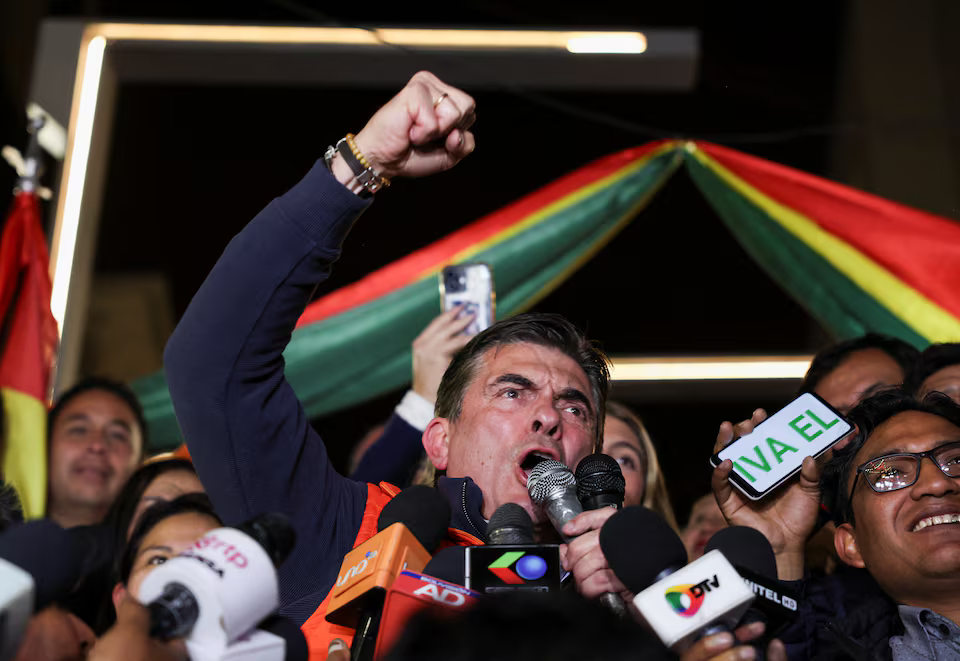
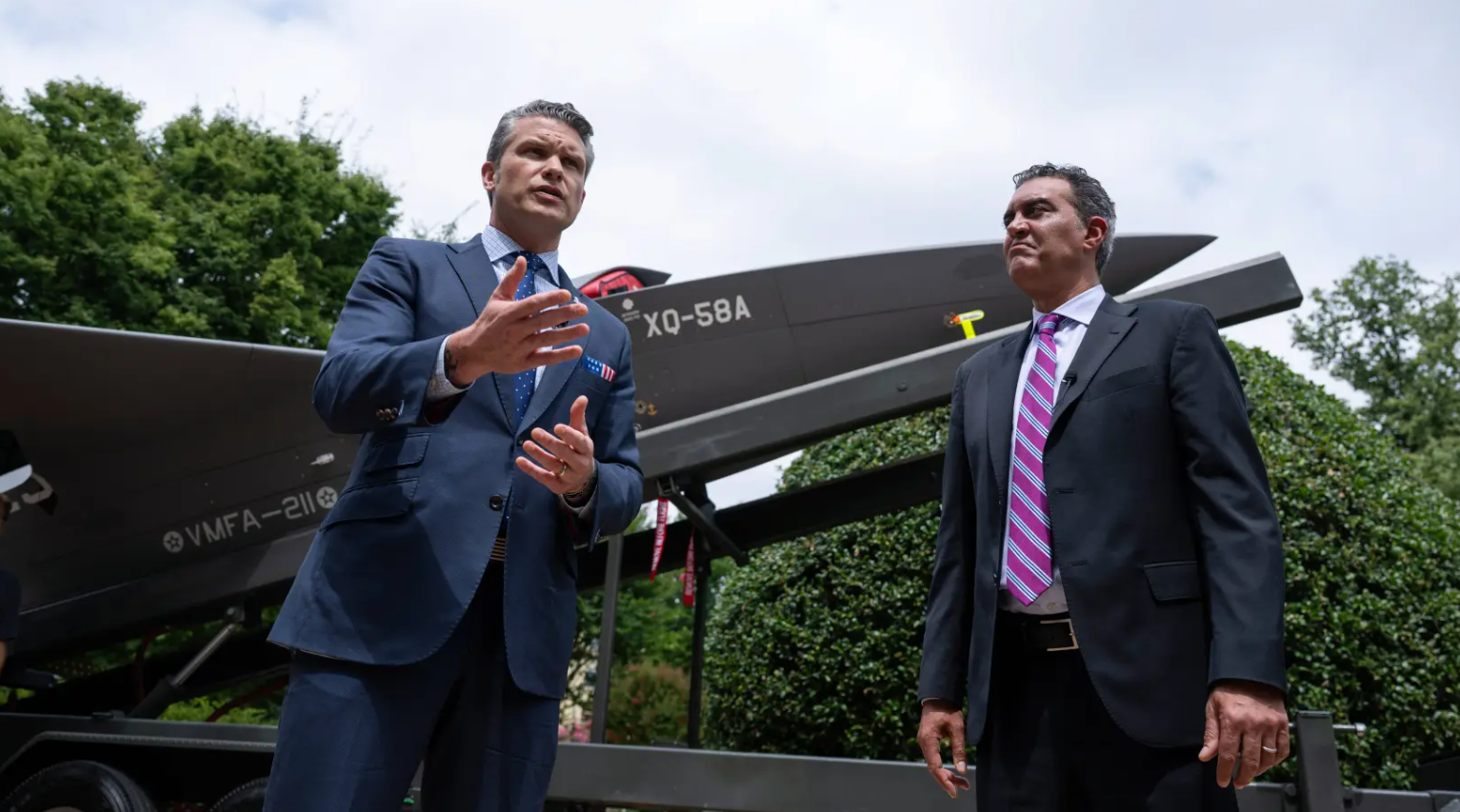


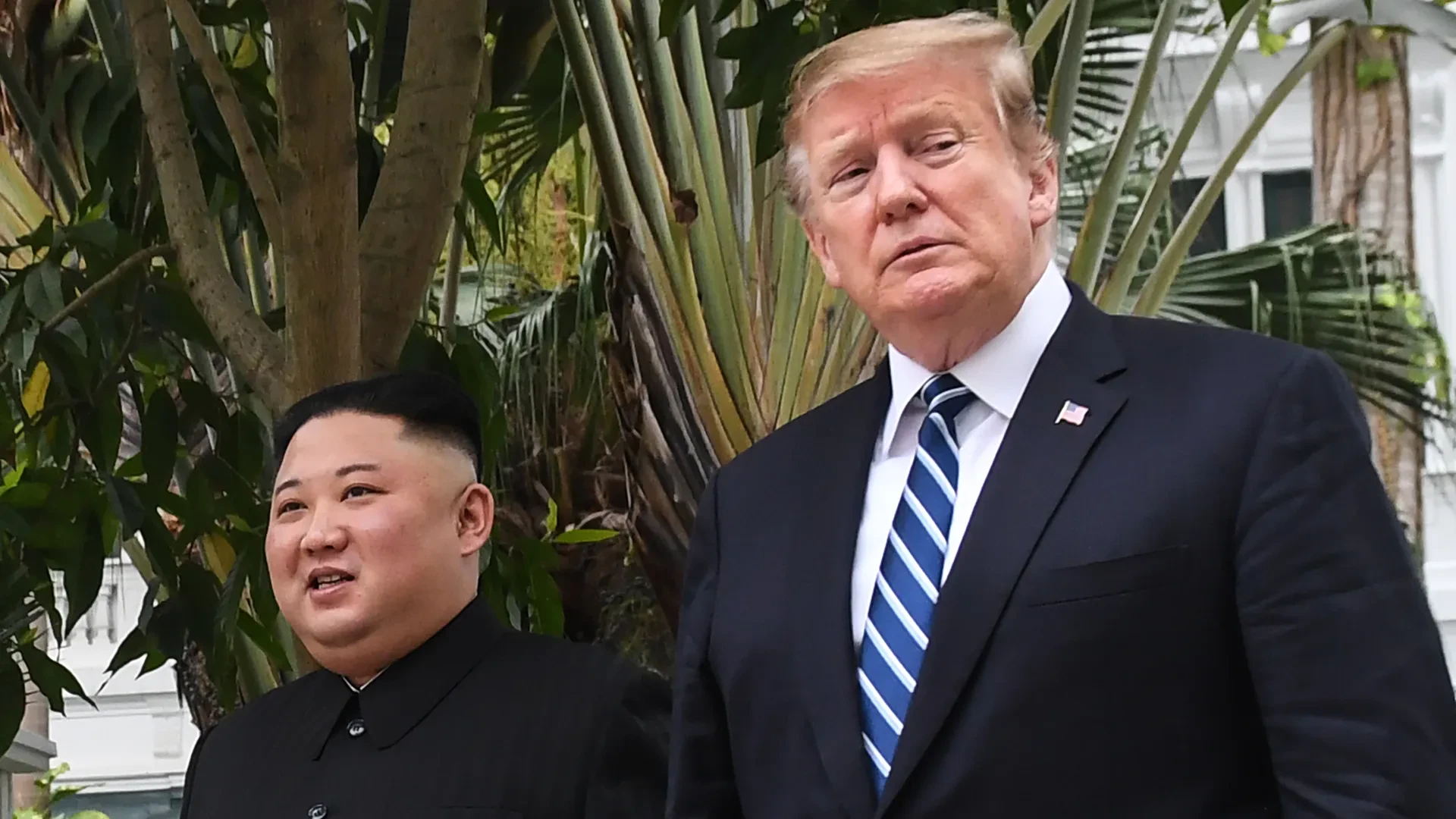
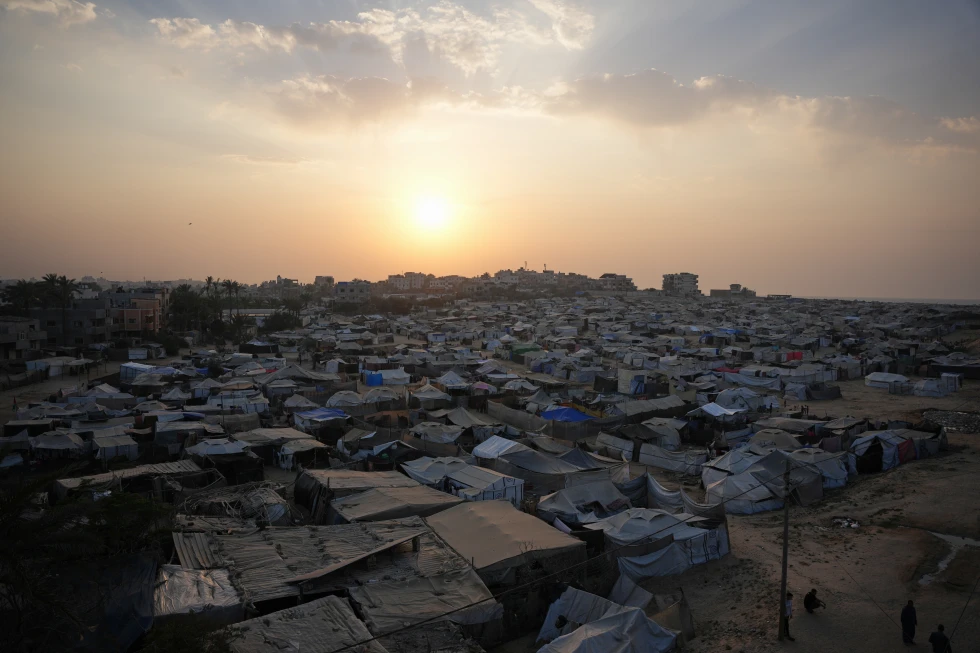
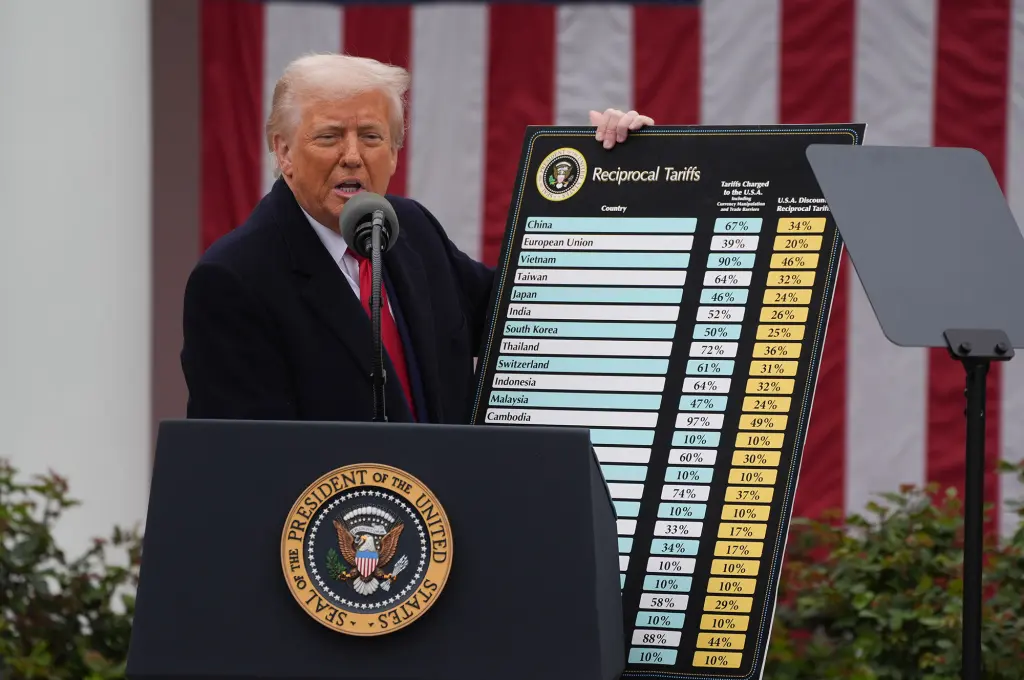
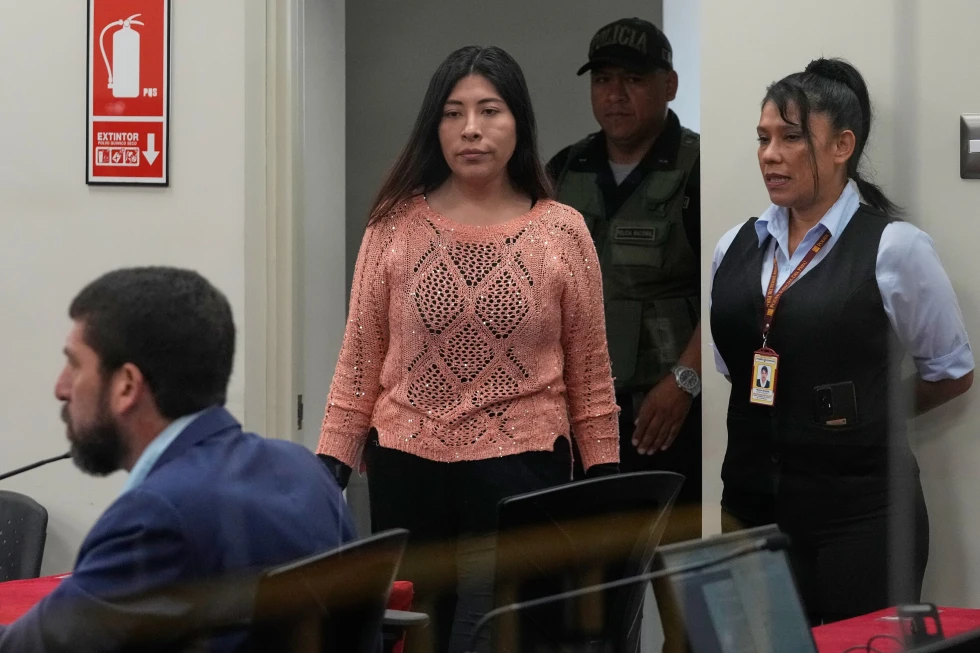
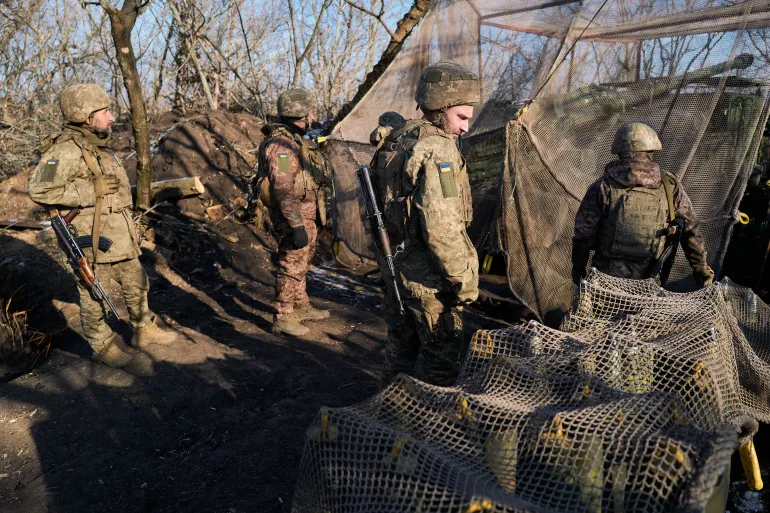

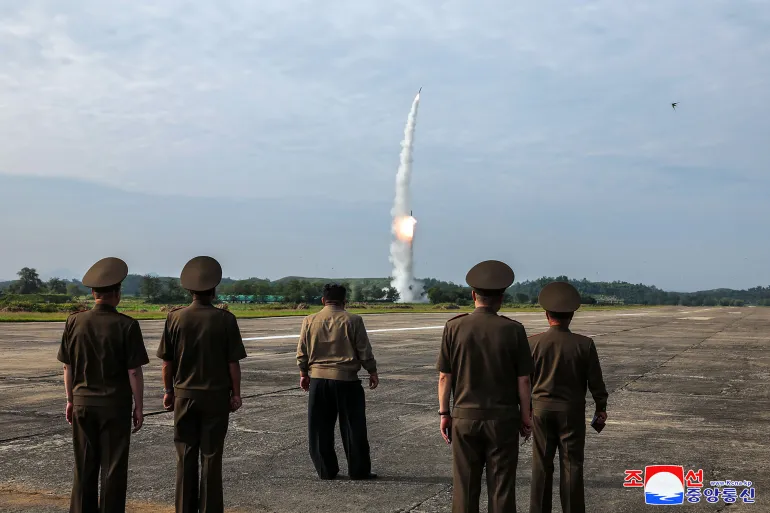

Discussion